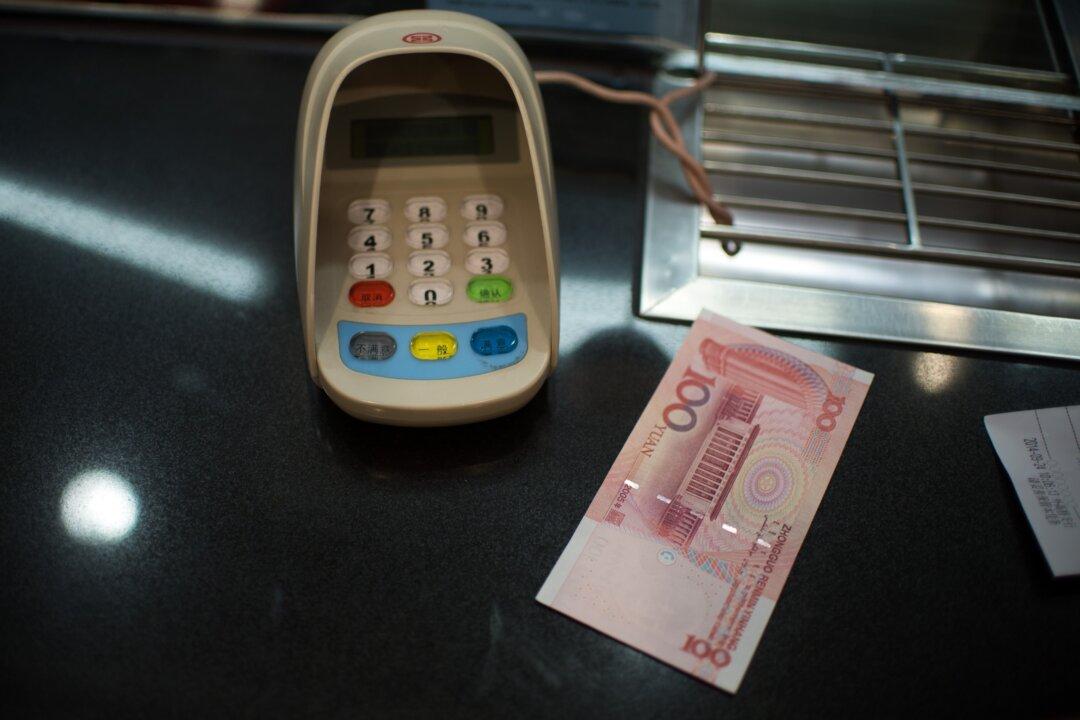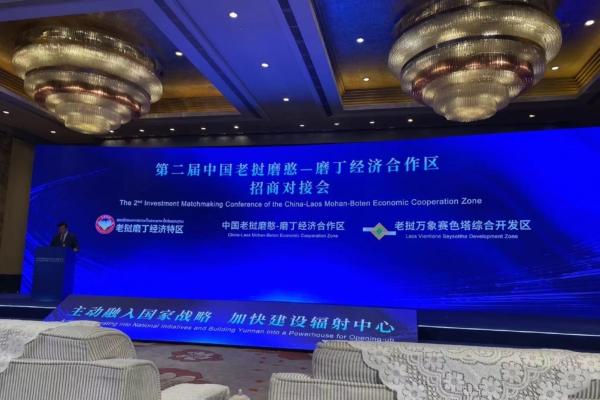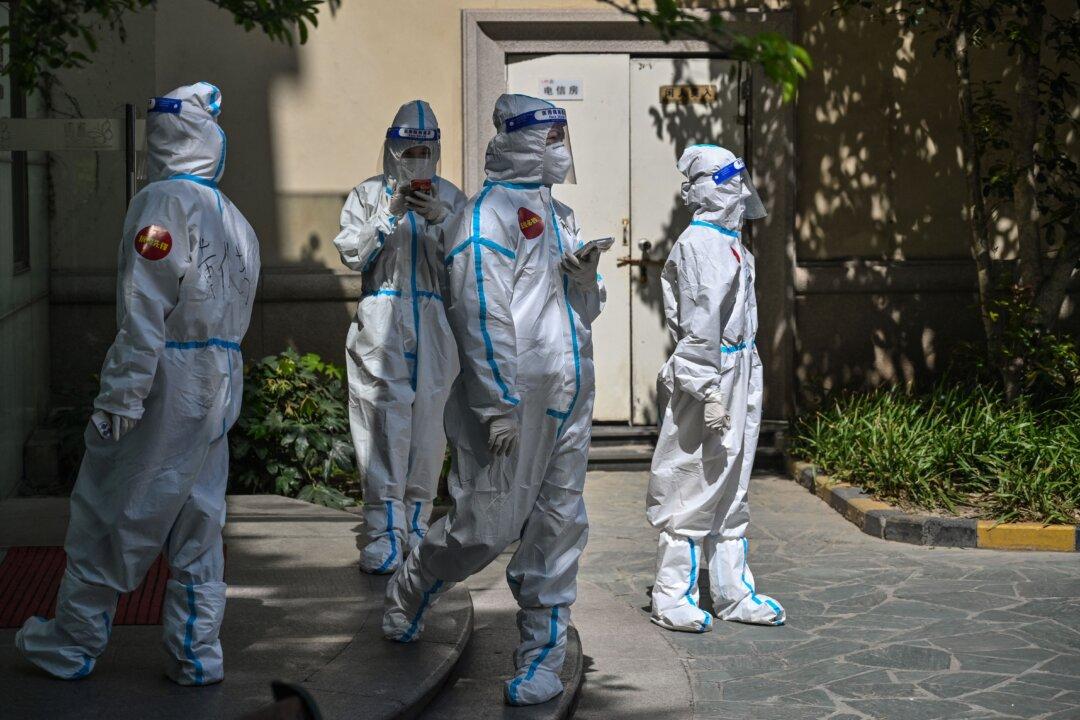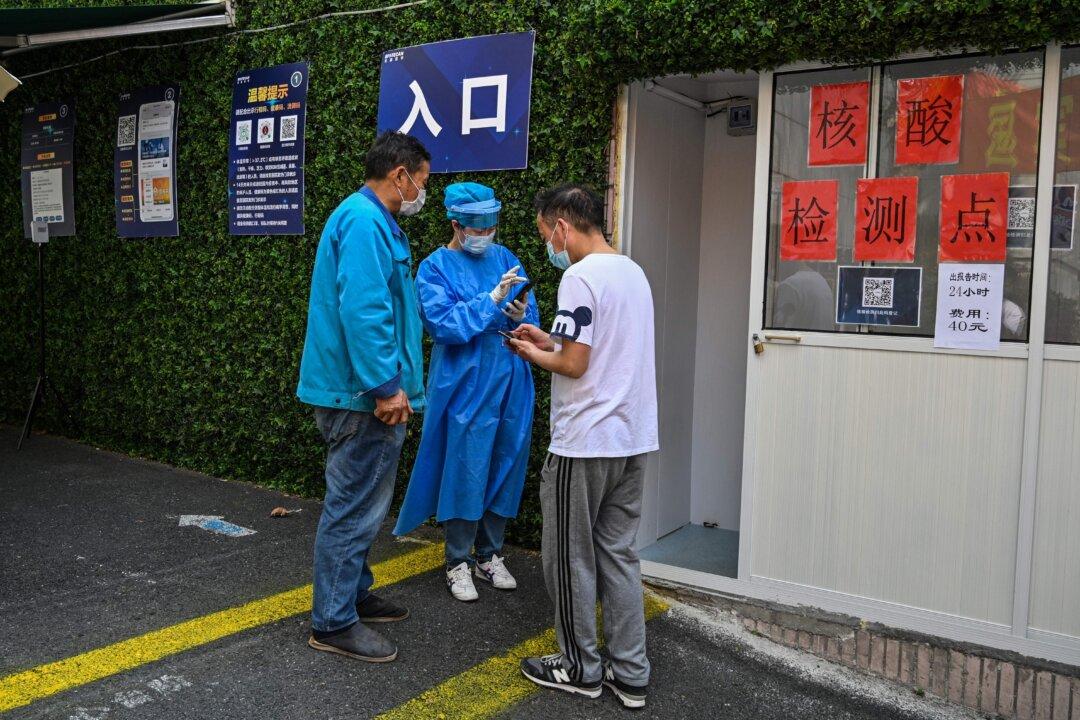The Sichuan Trust company missed payments on the principal and interest that matured in June on TOT (trust of trust) investments worth at least $3.56 billion. Investors have gathered outside the company headquarters in Chengdu, Sichuan Province, to demand their money back.
While the company claimed it was affected by the economic downturn caused by the pandemic, some of the company’s investors suspect the firm has committed wrongdoing that led to its failure to secure the funds.




